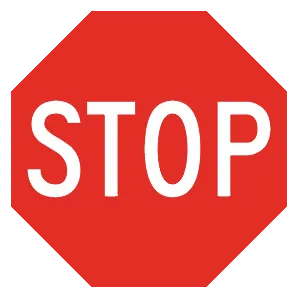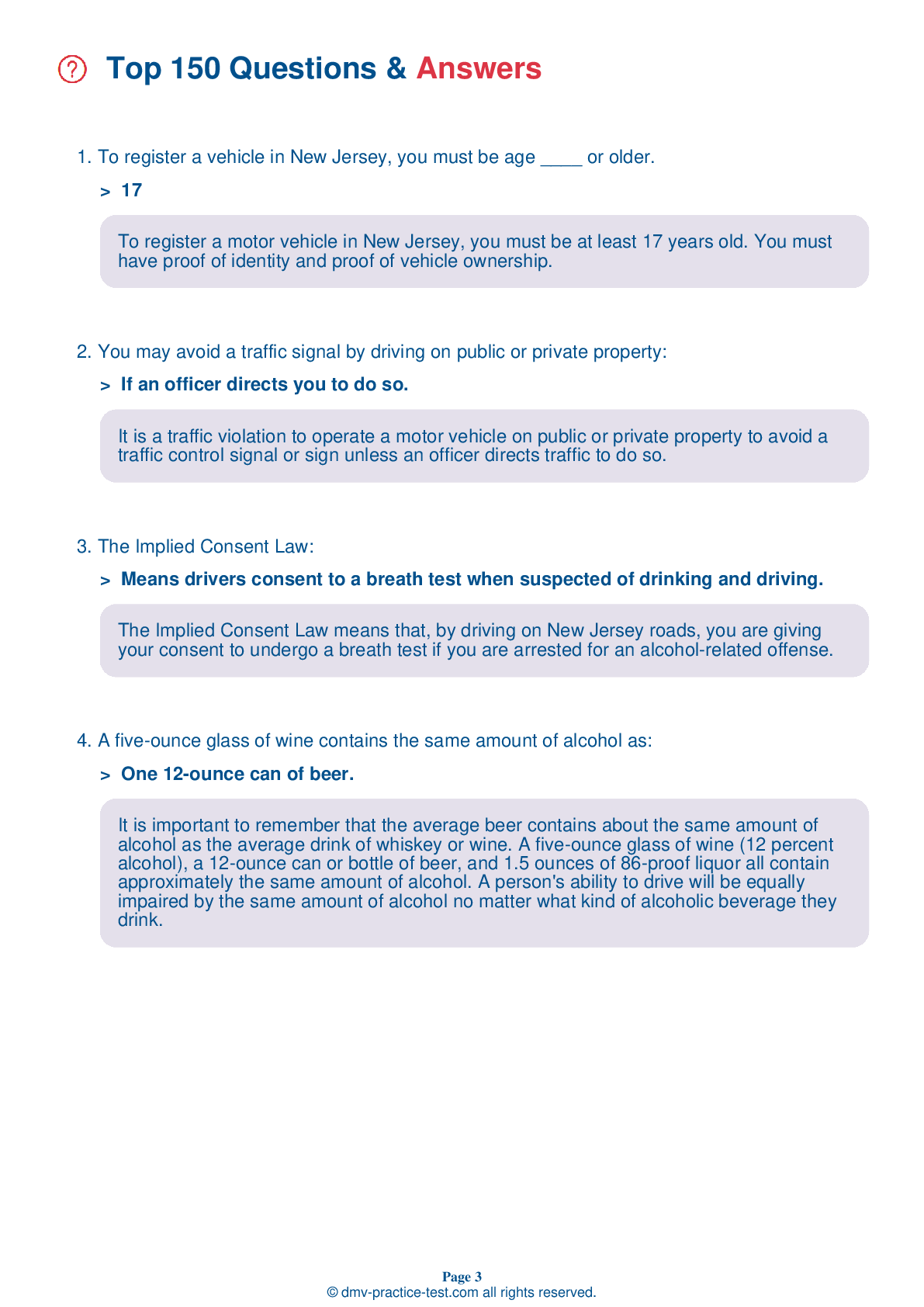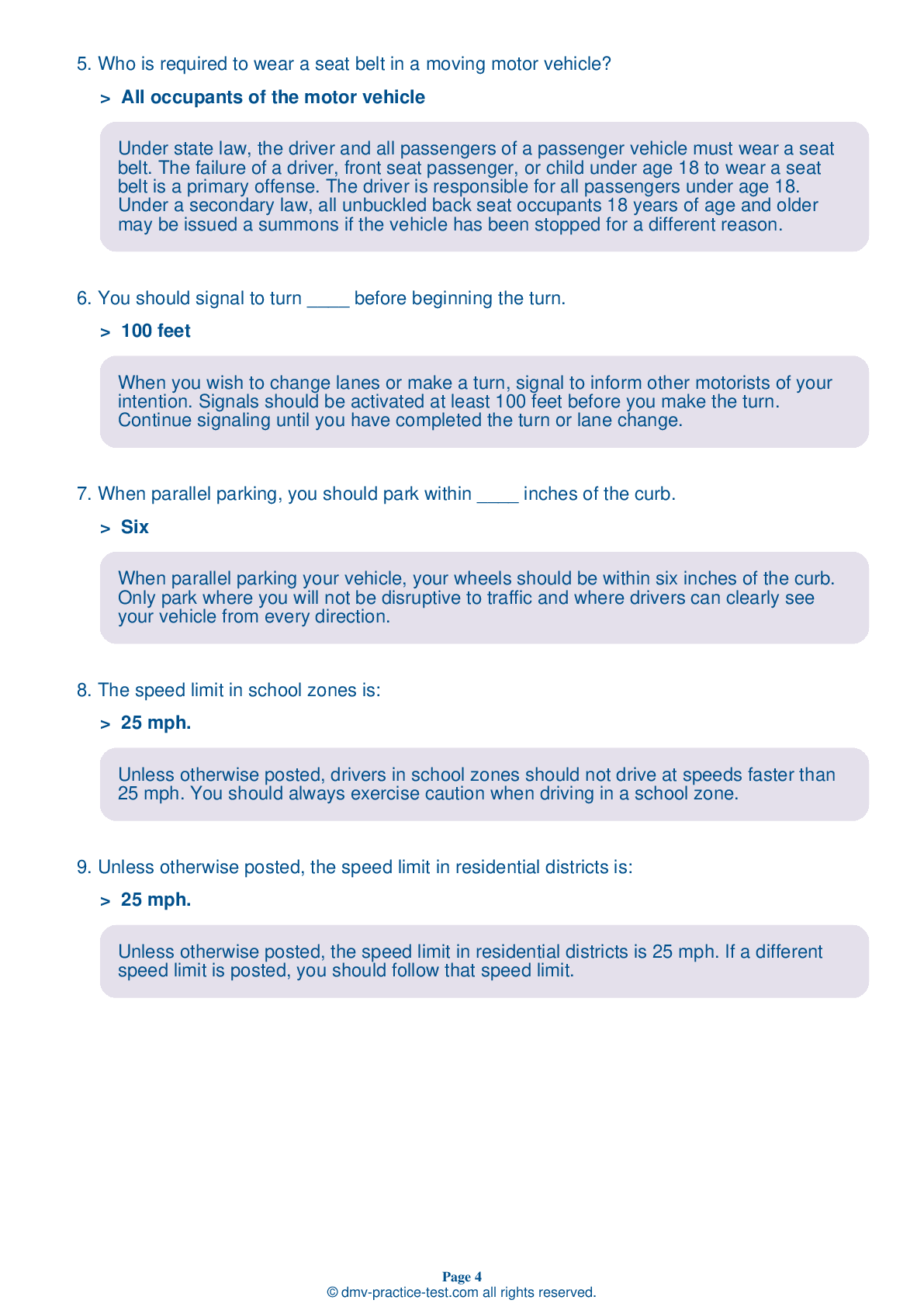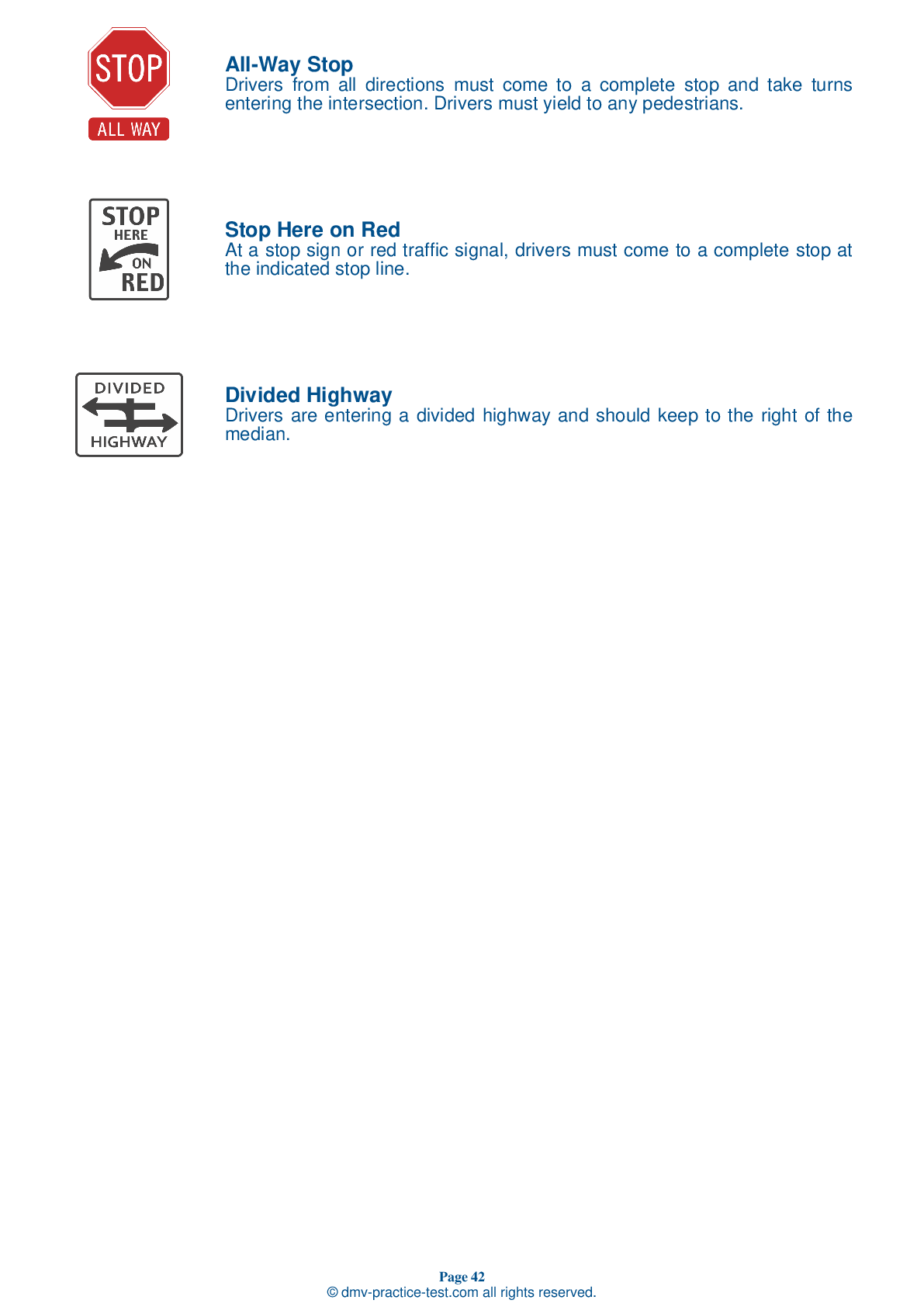FREE New Jersey DMV Practice Test #23 Page 5 of 7
New Jersey's DMV practise examinations have been revised for January 2025. It includes questions based on the New Jersey Driver Handbook's most essential traffic signals and regulations for 2025. Use actual questions that are very similar (often identical!) to the DMV driving permit test and driver's licence exam to study for the DMV driving permit test and driver's licence exam.
On the practise exam, each question gets a tip and explanation to help you remember the concepts. The written component of the official New Jersey DMV test will include questions about traffic rules, traffic signs, and driving statutes, as well as knowledge from the Driver Handbook.
To obtain a passing grade, you must correctly answer 40 of the 50 questions. Take this practise test from the New Jersey Department of Motor Vehicles to help you prepare for your instruction permit or driver's licence.
The DMV exam is available in several languages.
Using any kind of testing assistance will result in an automatic fail, and the DMV may take additional action against your driver's licence, so stay away from it.
29 . Consuming which of the following substances may impair your ability to drive safely and may result in an arrest for driving under the influence of intoxicants (DUII)?
A wide variety of intoxicants can impair your ability to drive. These include all types of alcoholic beverages, illegal drugs, inhalants, and many legal medications (both prescription and over-the-counter).
30 . When driving on wet pavement, it's important to remember:
Wet roadway surfaces can be dangerously slick, especially immediately following a rainfall. When you are driving on wet roads, your vehicle is traveling on a thin layer of oil, dirt, and water. Slow down when there is heavy rain, standing water, or slush on the road to reduce the risk of your wheels losing traction on the slick surface.
31 . If you are turning onto a street with more than one lane traveling in your direction, you should:
When turning onto a street with more than one lane moving in the direction that you are traveling, turn into the lane that is closest to your previous lane. Do not change lanes when turning.
32 . If you are driving so slowly that traffic is backing up behind you, you should:
Driving more slowly than the flow of traffic can be hazardous. If you are on a two-lane, two-way road and driving so slowly that traffic is backing up behind you, you are required to pull off the road and let the other vehicles pass. Only drive significantly under the speed limit when conditions require it.
33 . When you see this sign, you must:




